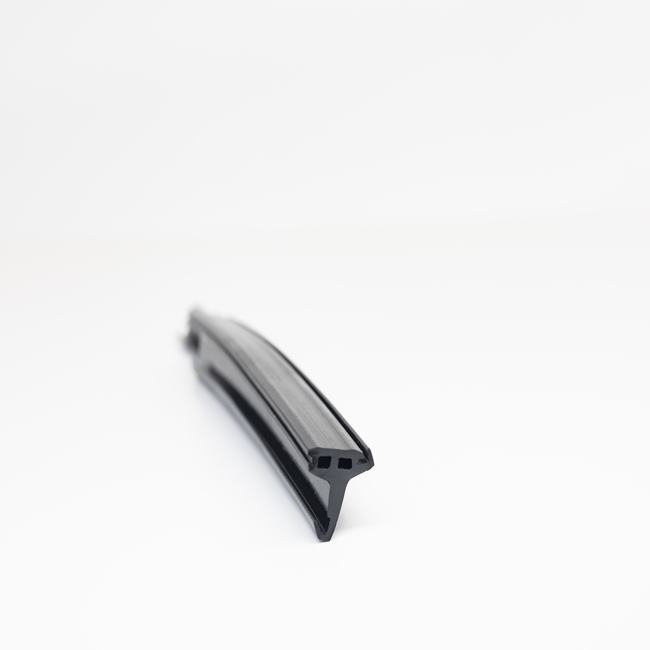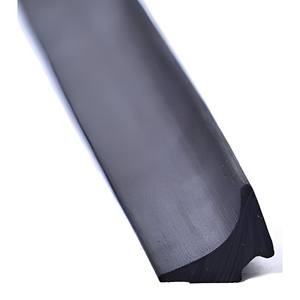Dilatation seals, also known as expansion joints or expansion seals, are crucial components used in various engineering and construction applications to accommodate thermal expansion, contraction, vibration, movement, and settlement in structures and systems. These seals are designed to maintain the integrity, safety, and performance of structures and systems by preventing damage and ensuring functionality under changing environmental conditions and operational stresses. Here is a detailed and comprehensive description of dilatation seals:
1. Purpose and Function:
- Thermal Expansion: One of the primary purposes of dilatation seals is to accommodate the thermal expansion and contraction of materials, which occurs due to temperature variations. This is particularly important in structures like bridges, pipelines, buildings, and industrial equipment where temperature fluctuations can be significant.
- Movement and Vibration: Dilatation seals are also used to handle various forms of movement, such as settling, structural sway, and vibration. They provide flexibility and allow for controlled movement while maintaining a barrier against the intrusion of contaminants, water, and other elements.
2. Types of Dilatation Seals:
- Compression Seals: These seals are designed to compress and expand as needed to accommodate movement. They are typically used in bridge joints, where vehicle loads and temperature fluctuations can cause significant movement.
- Expansion Bellows: Expansion bellows are flexible, accordion-like structures that can absorb large movements and vibrations. They are commonly used in industrial applications, including piping systems and exhaust systems.
- Modular Expansion Joints: These joints are made up of multiple interconnected modules and are often used in bridge construction and expansion of large structures.
- Rubber Expansion Joints: Made from elastomeric materials, these joints are effective at absorbing movements in a wide range of applications, including HVAC systems and pipelines.
- Metal Expansion Joints: Metal expansion joints are used in high-temperature and high-pressure applications, such as in chemical plants, power generation, and petrochemical facilities.
3. Components:
- Dilatation seals typically consist of several key components, including the expansion element itself, which can be made from rubber, metal, or other flexible materials. Reinforcing elements, like metal rings or fabric, are used to enhance the structural integrity of the seal. Flanges or connectors are attached to the ends of the seal to facilitate installation and connection to the adjacent structures or systems.
4. Materials:
- The choice of material for dilatation seals depends on the specific application. Common materials include rubber (such as neoprene), various types of metals (stainless steel, carbon steel, etc.), and synthetic or composite materials. The material must be chosen based on factors such as temperature, pressure, chemical resistance, and flexibility requirements.
5. Installation and Maintenance:
- Proper installation and maintenance of dilatation seals are crucial for their long-term effectiveness. Installation methods and procedures vary depending on the type of seal and the specific application. Regular inspection and maintenance are necessary to ensure that the seals continue to perform as intended, as wear and tear can occur over time.
6. Applications:
- Dilatation seals are widely used in various sectors, including civil engineering (bridges, roads, and buildings), transportation (railways, tunnels, and airports), industrial facilities (chemical plants, power plants, and refineries), and HVAC systems. They play a critical role in preserving the structural integrity and safety of these infrastructures.
7. Benefits:
- Dilatation seals offer several key benefits, including:
- Protection against water ingress, contaminants, and environmental elements.
- Prevention of structural damage due to movement and temperature fluctuations.
- Enhanced safety and longevity of infrastructure.
- Improved performance and reduced maintenance costs.
In summary, dilatation seals are essential engineering components that provide flexibility, protection, and longevity to various structures and systems exposed to environmental and operational challenges. They come in various types and materials, tailored to specific applications, and are crucial for maintaining the safety and functionality of infrastructure in a dynamic world.




